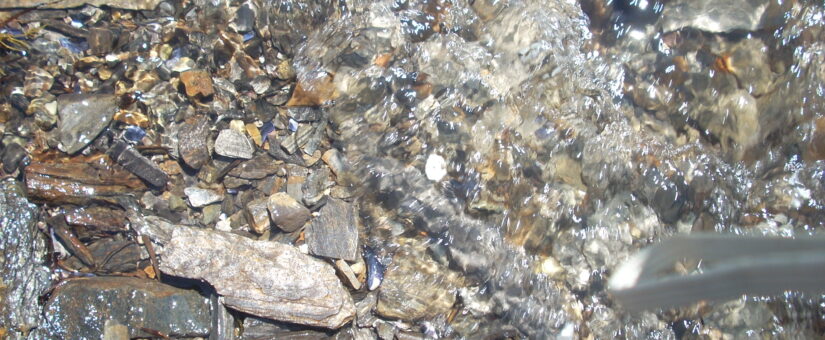
Memory is Memorable: Coaching and Remembering
The Use of Memories
Much as I briefly describes the way in which memories interact with other functions when describing memory in the wet mind, so I wish to describe how memories interact with other elements of the dry mind when memories are being used while we are engaging with the challenging world in which we live and work. First, as I have just noted, memories that are brought together with other cognitive elements to form schemata serve as central guides in our interaction with other people. They build an assumptive world that play a critical role in determining how we interpret the motives and behaviors of other people in our life as well as providing us with our own enduring sense of self.
Secondly, the way in which we think about our world is determined in large part by our memories as they operate in two distinctive ways. There is Expository thinking. This is the conscious, intentional processing that we do when figuring out what we are going to do about a specific situation. Expository thinking, in turn, is likely to make primary use of what Kosslyn and Koenig (1992, p. 374) call “explicit memories” (those of which we are fully conscious). While expository work is at the forefront of our attention and typically is considered the most important dry mind work that we do, the second type of thinking—called Procedural (or operational) thinking—actually plays an even more important role in keeping us alive and performing in a skillful manner.
We think in a semi-conscious procedural manner when driving a car or brushing our teeth. We simply put our dry mind on “auto-drive” and attend to other matters. For instance, when we are driving, our procedural system does the actual moment-to-moment adjustment of the steering wheel (and even the accelerator) while we attend (using our expository system) to what is happening up ahead on the road and what other drivers beside us on the road seem to be doing.
It is only when we are learning to drive that our conscious, expository system is doing the driving—and we know how awkward we were in learning this skill (as well as other skilled performances such as hitting a golf ball or knitting a scarf). Kosslyn and Koenig’s “implicit’ memories tend to be of primary use in our engagement of procedural processes. The semi-conscious way in which we engage procedural thinking is assisted, appropriately, by memories of which we usually unaware.
Finally, there is the matter of how we use memory when planning for how we are going to behavior in the world and how, subsequently, we modify our behavior based on how our world reacts to this behavior. Specifically, I wish to conclude this brief journey through the dry mind by noting that the George Miller (magic number 7 fame), joined with two colleagues, Eugen Galanter (a noted mathematical psychologist) and Karl Pribram (a noted neuroscientist) to describe the larger scale way in which the dry mind works.
Much as Kosslyn and Koenig describe a complex feedforward and feedbackward system that operate in the wet mind, so Miller, Galanter and Pribram (1960) describe a dynamic feedback system—called T(test) O (operate), T (test), E (exit)–that operates in our broader planning and enactment of behavior. Memories play an integral role in planning for behavior that is to be engaged when confronting the ongoing exigencies of life.
Furthermore, memories play a critical role in the interpretation of feedback from behavior that is engaged. It seems that we are looking at a complex, highly adaptive system when examining the wet mind, as well as the dry mind. There are not just multiple components of the human mind—these components all tightly interact with one another, and each participate in multiple feedback systems (TOTE’s) that keep this system adaptive in a fast changing environment (Miller and Page, 2007).
- Posted by William Bergquist
- On February 16, 2023
- 0 Comment


Leave Reply